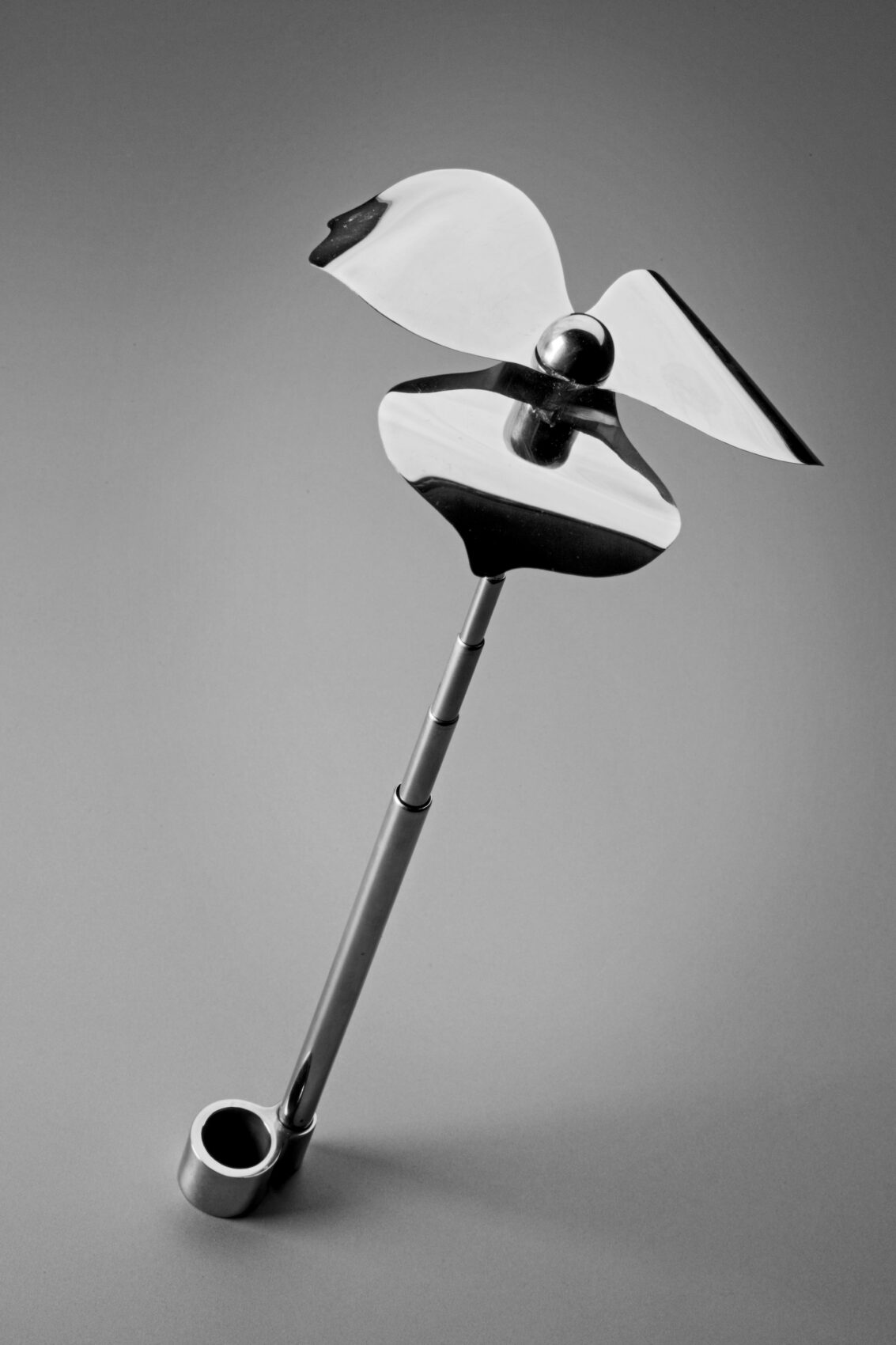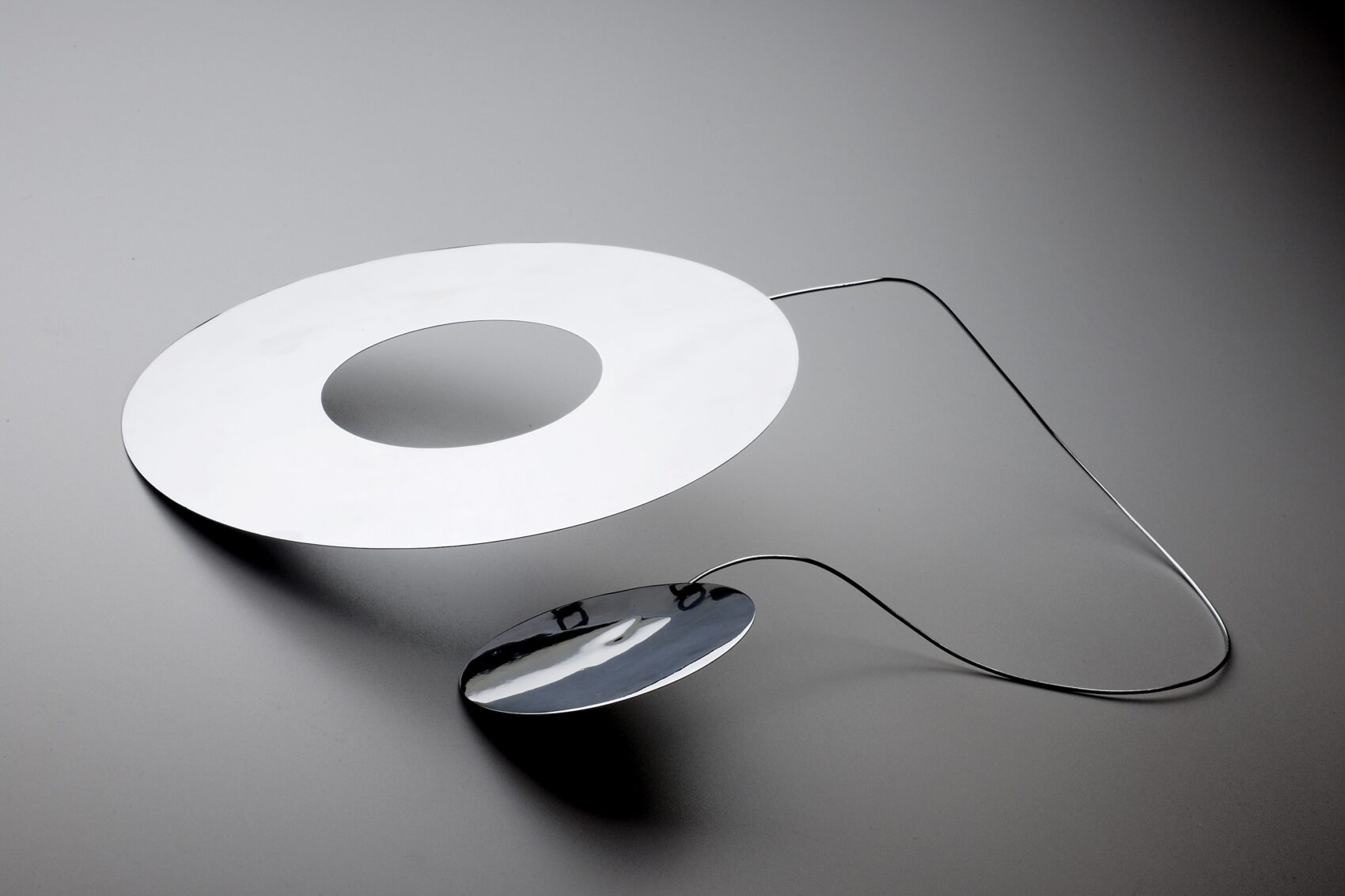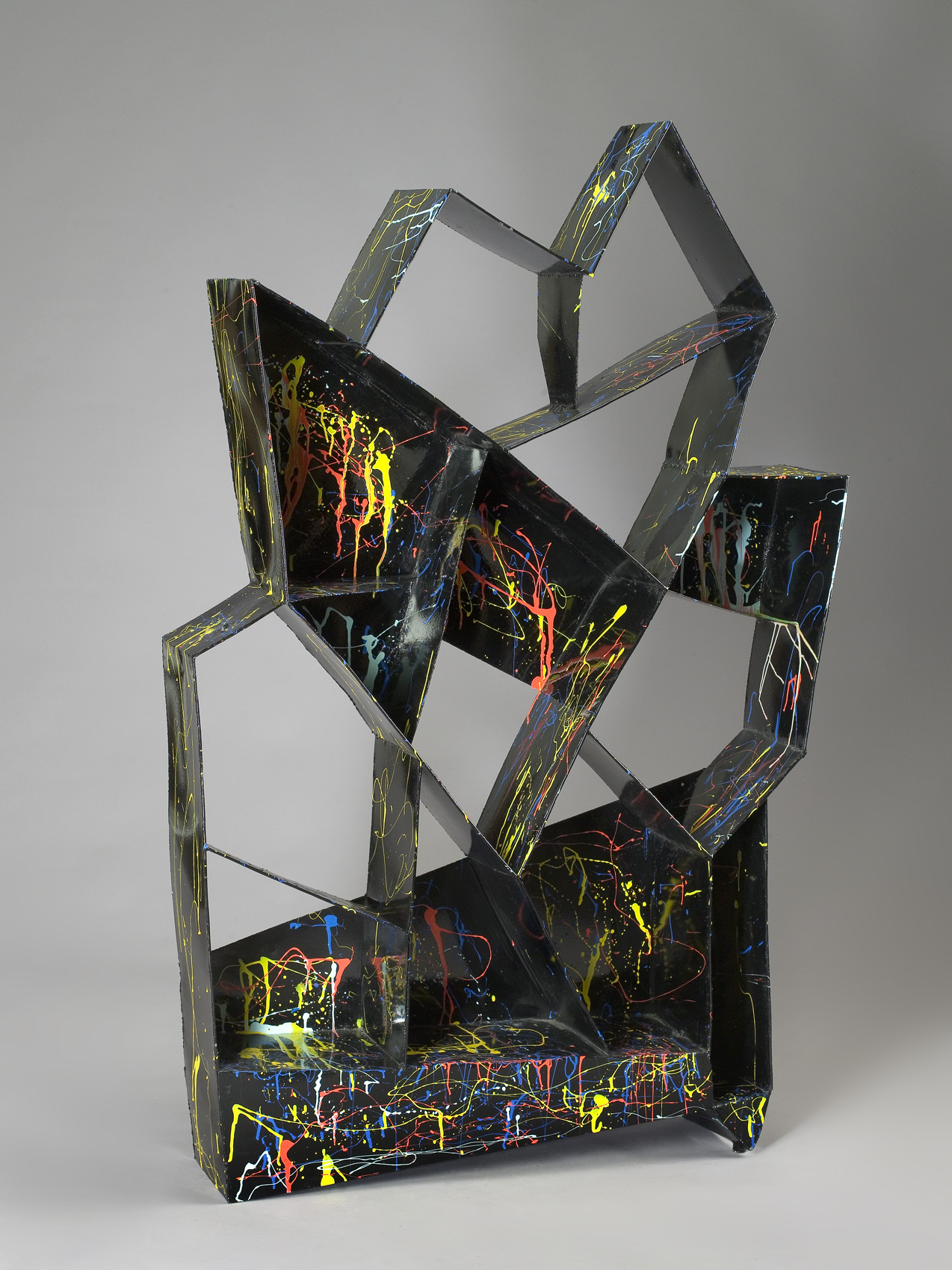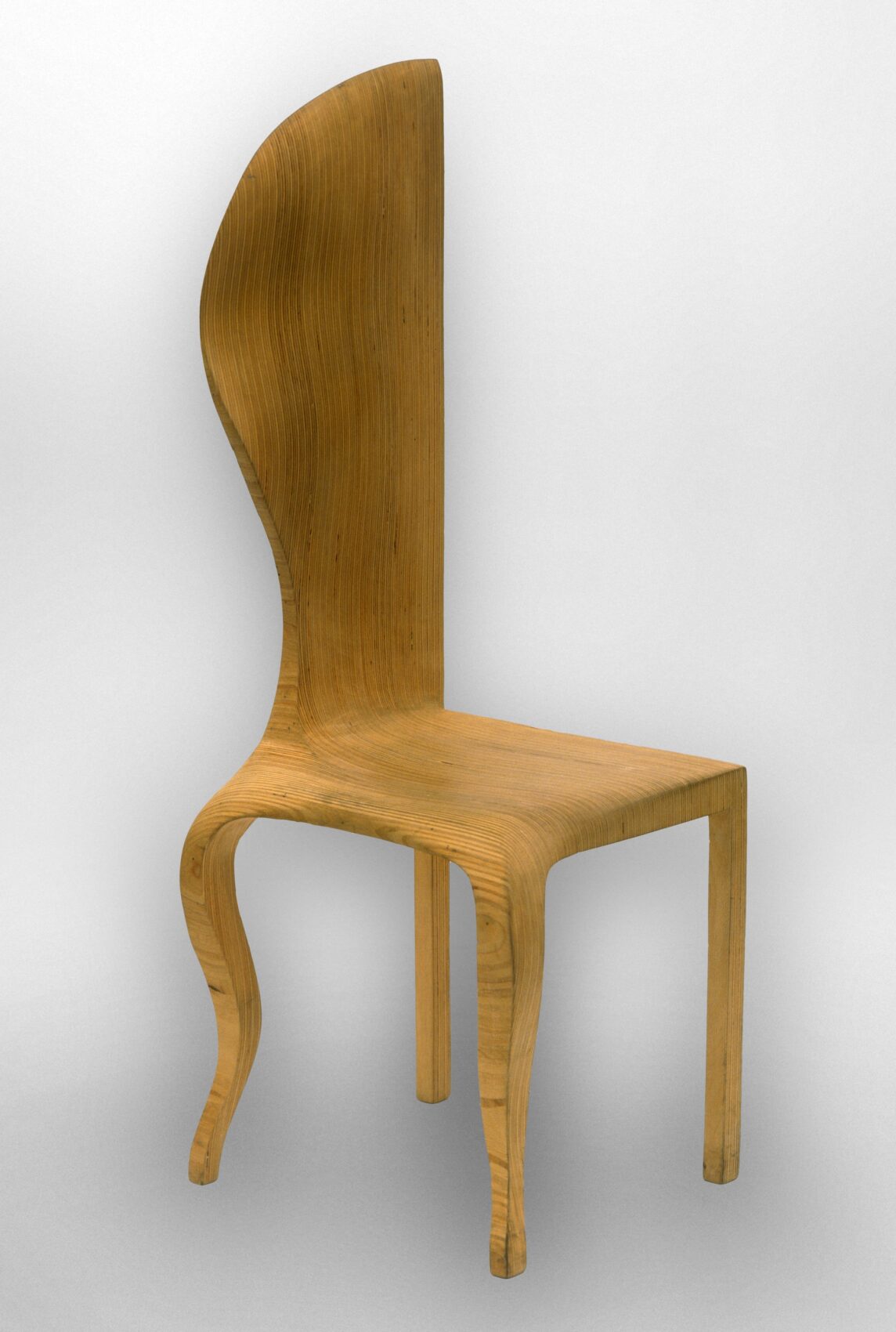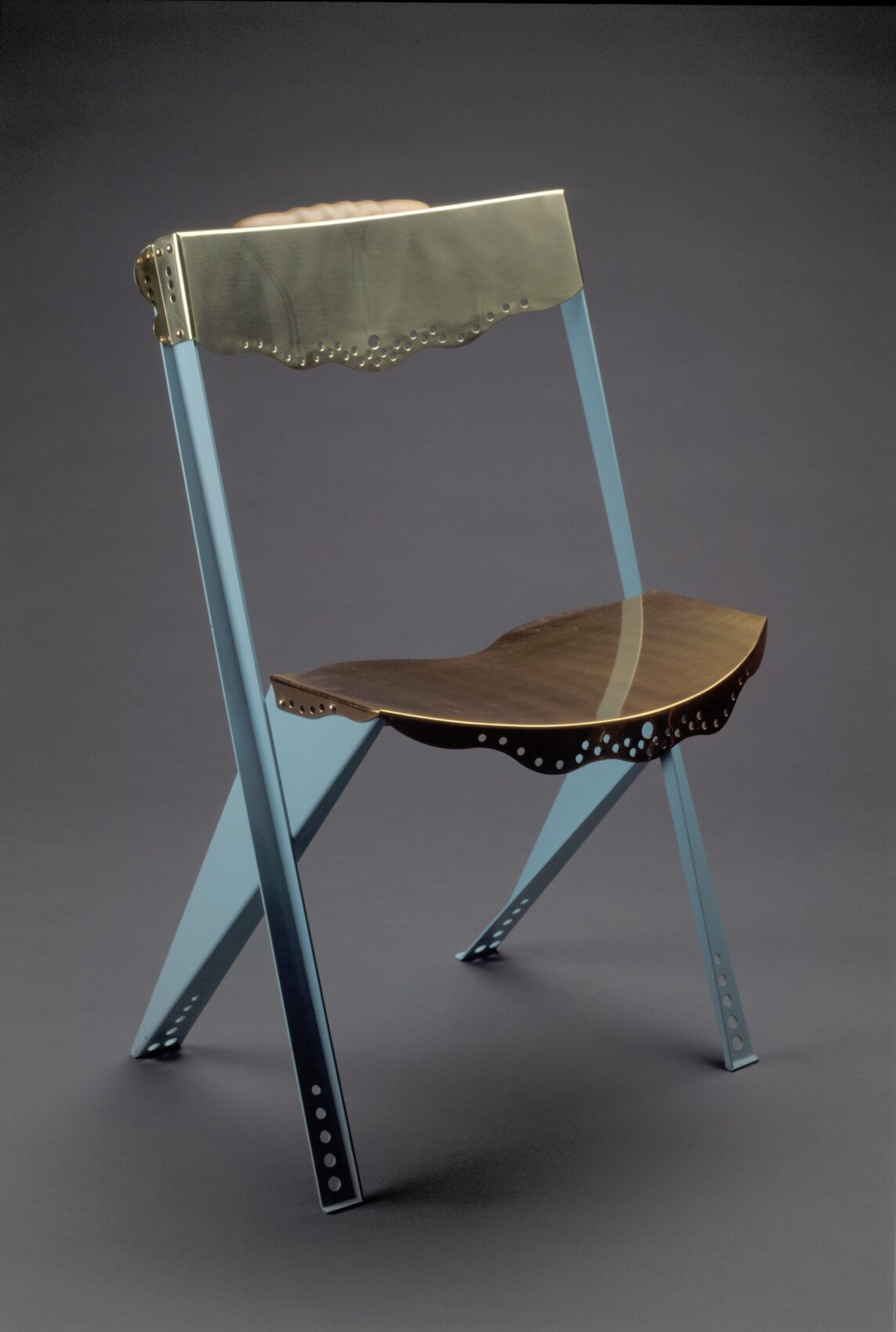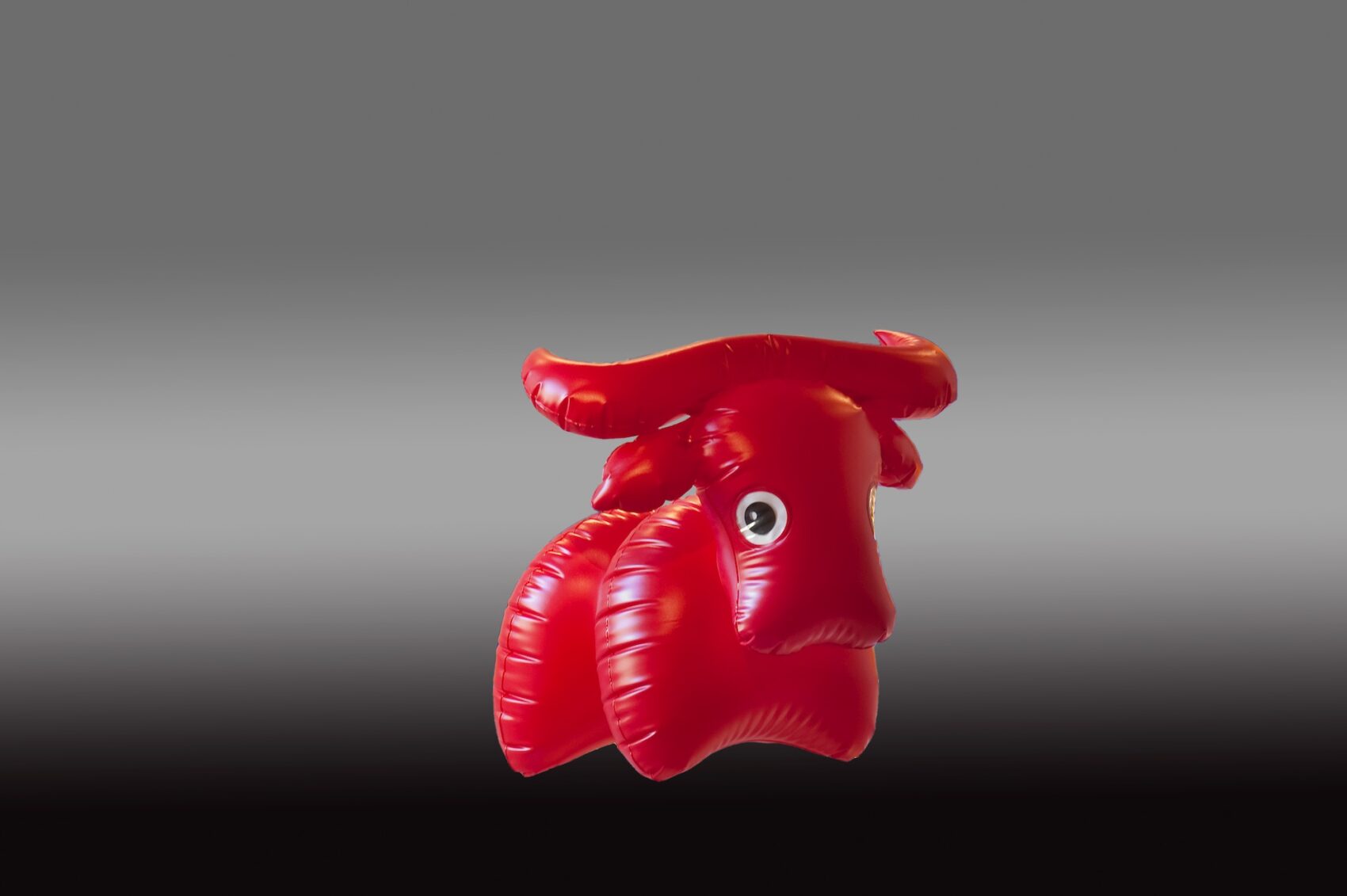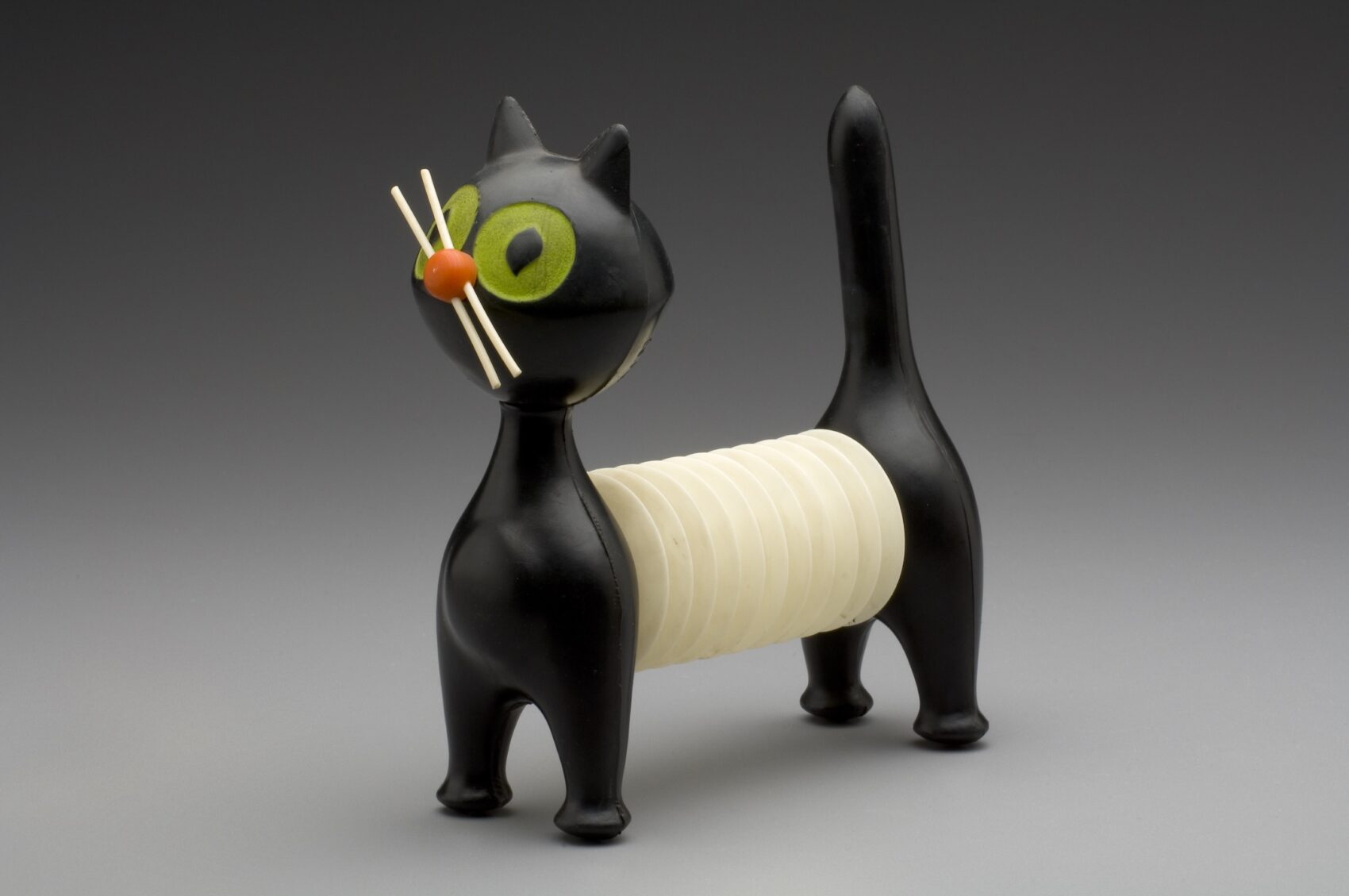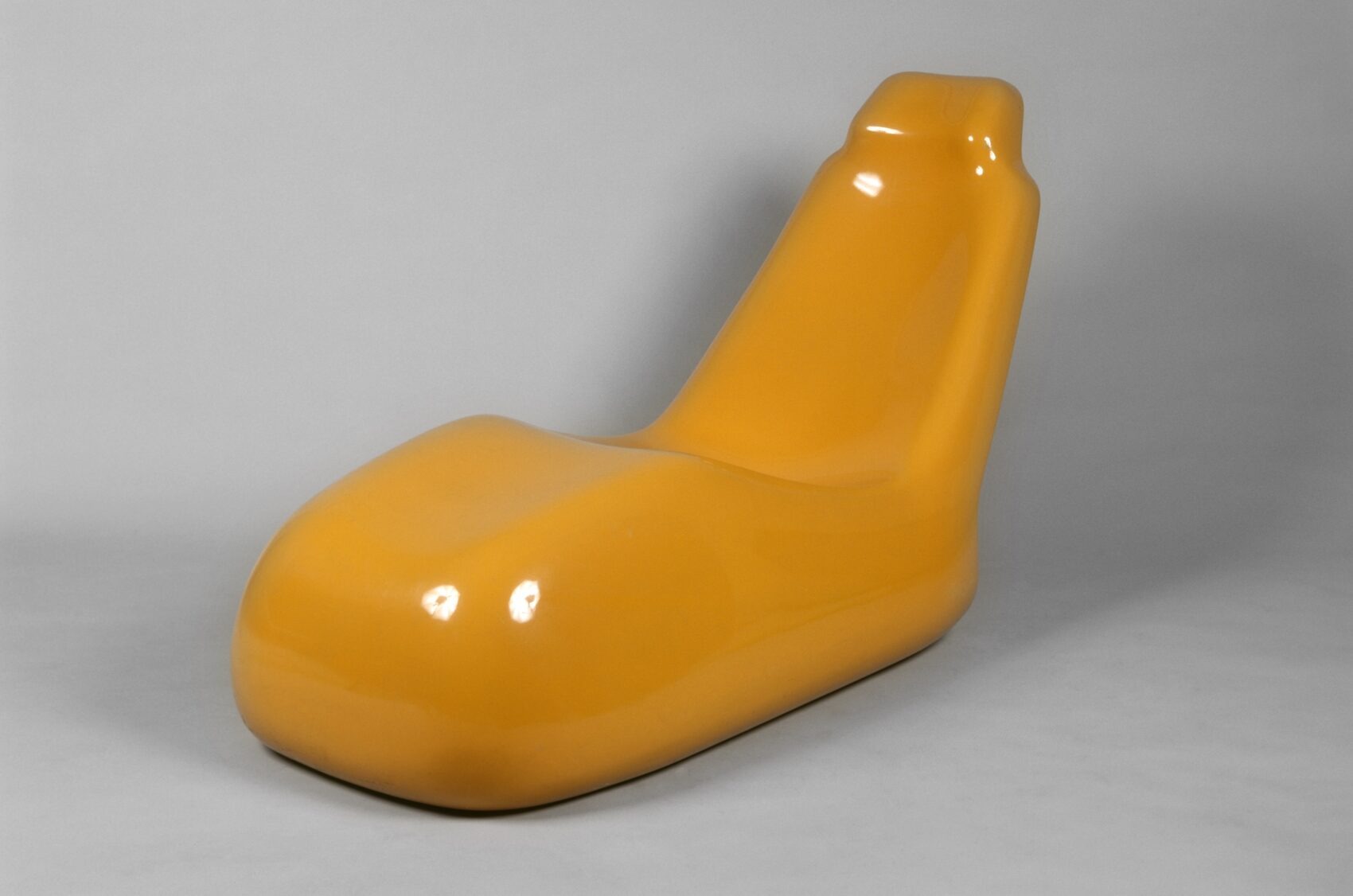Cosmic inspirations and utopian visions are a remarkable chapter in the history of Czech art and design. They are closely related to the conception of design as fiction and play, which enables free creativity and releases human existence from the limitations of strict utility. Play can be approached both from a child’s perspective and from the world of adult entertainment and strategies. Diverse elements of play abound throughout 20th-century design, especially in the last third of the period, dominated by the demands of awakened emotionality and semantic differentiation, as documented by the ironising and subverted plays of postmodernity.
More text next to the photos
